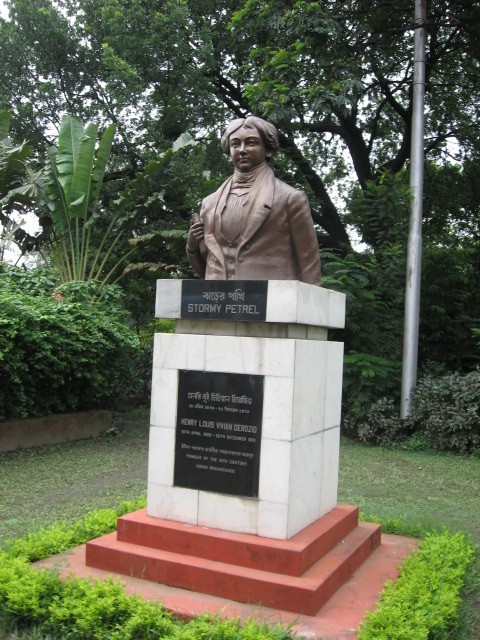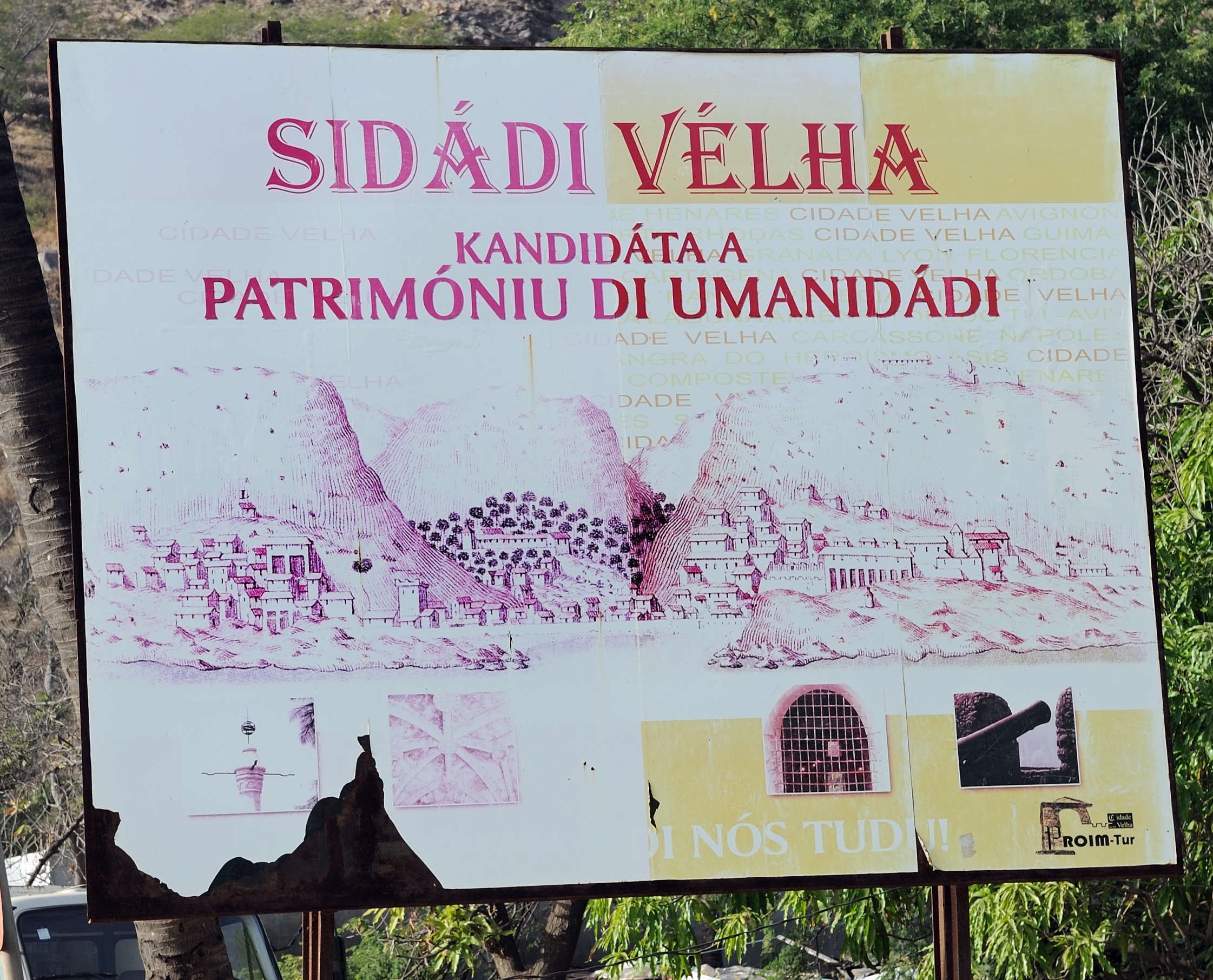|
Papia Kristang
("speak Christian"), or just , is a creole language spoken by the Kristang, a community of people of mixed Portuguese and Malay ancestry, chiefly in Malacca, Malaysia. The language is also called or ("Christian"), ("Malacca Portuguese"), ("Mother Tongue") or simply ("speak"). Locals and most of the Kristang community in Malacca refer to the language as "Portugis", while in Singapore it is known as Kristang. In ''Atlas of the World's Languages in Danger'' (2010; formerly the ''Red Book of Endangered Languages'') published by UNESCO, Kristang is classified as a "severely endangered" language, with only about 2,000 speakers. Up to 2014, linguists concerned with Kristang have generally accepted a combined speaker population of about 1,000 individuals or less. The language has about 750 speakers in Malacca and another 100 in Singapore. A small number of speakers also live in other Portuguese Eurasian communities in Kuala Lumpur and Penang in Malaysia, and in diaspora co ... [...More Info...] [...Related Items...] OR: [Wikipedia] [Google] [Baidu] |
Malaysia
Malaysia ( ; ) is a country in Southeast Asia. The federation, federal constitutional monarchy consists of States and federal territories of Malaysia, thirteen states and three federal territories, separated by the South China Sea into two regions: Peninsular Malaysia and Borneo's East Malaysia. Peninsular Malaysia shares a land and maritime Malaysia–Thailand border, border with Thailand and Maritime boundary, maritime borders with Singapore, Vietnam, and Indonesia. East Malaysia shares land and maritime borders with Brunei and Indonesia, and a maritime border with the Philippines and Vietnam. Kuala Lumpur is the national capital, the country's largest city, and the seat of the Parliament of Malaysia, legislative branch of the Government of Malaysia, federal government. The nearby Planned community#Planned capitals, planned capital of Putrajaya is the administrative capital, which represents the seat of both the Government of Malaysia#Executive, executive branch (the Cabine ... [...More Info...] [...Related Items...] OR: [Wikipedia] [Google] [Baidu] |
Papiamento
Papiamento () or Papiamentu (; nl, Papiaments) is a Portuguese-based creole language spoken in the Dutch Caribbean. It is the most widely spoken language on the Caribbean ABC islands (Aruba, Bonaire, Curaçao), with official status in Aruba and Curaçao. Papiamento is also a recognised language in the Dutch public bodies of Sint-Eustatius and Saba.Papiamento can be used in relations with the Dutch government. The language, spelled in Aruba and in Bonaire and Curaçao, is largely based on colonial-era Portuguese and Spanish (including Judaeo-Portuguese), and has been influenced considerably by Dutch and Venezuelan Spanish. Due to lexical similarities between Spanish and Portuguese, it is difficult to pinpoint the exact origin of some words. Though there are different theories about its origins, most linguists now believe that Papiamento emerged from the Spanish and Portuguese creole languages that developed in the West African coasts, as it has many similarities with Ca ... [...More Info...] [...Related Items...] OR: [Wikipedia] [Google] [Baidu] |
Malay Language
Malay (; ms, Bahasa Melayu, links=no, Jawi alphabet, Jawi: , Rejang script, Rencong: ) is an Austronesian languages, Austronesian language that is an official language of Brunei, Indonesia, Malaysia, and Singapore, and that is also spoken in East Timor and parts of the Philippines and Thailand. Altogether, it is spoken by 290 million people (around 260 million in Indonesia alone in its own literary standard named "Indonesian language, Indonesian") across Maritime Southeast Asia. As the or ("national language") of several states, Standard Malay has various official names. In Malaysia, it is designated as either ("Malaysian Malay") or also ("Malay language"). In Singapore and Brunei, it is called ("Malay language"). In Indonesia, an autonomous normative variety called ("Indonesian language") is designated the ("unifying language" or lingua franca). However, in areas of Central to Southern Sumatra, where vernacular varieties of Malay are indigenous, Indonesians refe ... [...More Info...] [...Related Items...] OR: [Wikipedia] [Google] [Baidu] |
English Language
English is a West Germanic language of the Indo-European language family, with its earliest forms spoken by the inhabitants of early medieval England. It is named after the Angles, one of the ancient Germanic peoples that migrated to the island of Great Britain. Existing on a dialect continuum with Scots, and then closest related to the Low Saxon and Frisian languages, English is genealogically West Germanic. However, its vocabulary is also distinctively influenced by dialects of France (about 29% of Modern English words) and Latin (also about 29%), plus some grammar and a small amount of core vocabulary influenced by Old Norse (a North Germanic language). Speakers of English are called Anglophones. The earliest forms of English, collectively known as Old English, evolved from a group of West Germanic (Ingvaeonic) dialects brought to Great Britain by Anglo-Saxon settlers in the 5th century and further mutated by Norse-speaking Viking settlers starting in the 8th and 9th ... [...More Info...] [...Related Items...] OR: [Wikipedia] [Google] [Baidu] |
Macau
Macau or Macao (; ; ; ), officially the Macao Special Administrative Region of the People's Republic of China (MSAR), is a city and special administrative region of China in the western Pearl River Delta by the South China Sea. With a population of about 680,000 and an area of , it is the most densely populated region in the world. Formerly a Portuguese colony, the territory of Portuguese Macau was first leased to Portugal as a trading post by the Ming dynasty in 1557. Portugal paid an annual rent and administered the territory under Chinese sovereignty until 1887. Portugal later gained perpetual colonial rights in the Sino-Portuguese Treaty of Peking. The colony remained under Portuguese rule until 1999, when it was transferred to China. Macau is a special administrative region of China, which maintains separate governing and economic systems from those of mainland China under the principle of " one country, two systems".. The unique blend of Portuguese and Chinese arc ... [...More Info...] [...Related Items...] OR: [Wikipedia] [Google] [Baidu] |
Macanese Language
Macanese patois, known as to its speakers, is a Portuguese-based creole language with a substrate from Cantonese, Malay and Sinhala, which was originally spoken by the Macanese community of the Portuguese colony of Macau. It is now spoken by a few families in Macau and in the Macanese diaspora. UNESCO’s Atlas of the World's Languages in Danger classifies Patua as a "critically endangered" and places the number of speakers at 50 as of the year 2000. Name The language is also called by its speakers as ("Christian speech of Macau") and has been nicknamed ("Sweet Language of Macau") and ("sweet speech") by poets. In Chinese it is called "" ("Macanese native-born Portuguese language"). In Portuguese it is called , ("pure Macanese"), or (from French ). The terms "" ("Macanese speak") and "" ("Macanese native-born Portuguese language") in Chinese (Cantonese), the lingua franca of Macau, refers to any language of Macau (such as the Tanka dialect of Yue Chinese, Standard Cant ... [...More Info...] [...Related Items...] OR: [Wikipedia] [Google] [Baidu] |
Luso-Indian
Luso-Indians or Portuguese-Indian, is a subgroup of the larger multiracial ethnic creole people of Luso-Asians. Luso-Indians are people who have mixed varied Indian subcontinent and European Portuguese ancestry or people of Portuguese descent born or living or originating in former Portuguese Indian colonies, the most important of which were Goa and Damaon of the Konkan region in the present-day Republic of India (formerly British India), and their descendants/ diaspora around the world, the Anglosphere, Lusosphere, Portuguese East Indies etc. Luso-Asians of the Indian subcontinent are primarily from Velha Goa, Damaon, Dio district, St Mary's islands of Mangalore, Bombay (Mumbai), Korlai (Chaul), Vasai (Bassein), Silvassa, Cape Comorin, Fort Cochin etc. There are also a number of New Christian Brahmins and Christian Cxatrias with Portuguese surnames, but do not necessarily possess European ancestry, being named as such in the process of their religious conversion to Western C ... [...More Info...] [...Related Items...] OR: [Wikipedia] [Google] [Baidu] |
Portuguese India
The State of India ( pt, Estado da Índia), also referred as the Portuguese State of India (''Estado Português da Índia'', EPI) or simply Portuguese India (), was a state of the Portuguese Empire founded six years after the discovery of a sea route to the Indian subcontinent by Vasco da Gama, a subject of the Kingdom of Portugal. The capital of Portuguese India served as the governing centre of a string of military forts and trade posts scattered all over the Indian Ocean. The first viceroy, Francisco de Almeida established his base of operations at Fort Manuel, after the Kingdom of Cochin negotiated to become a protectorate of Portugal in 1505. With the Portuguese conquest of Goa from the Bijapur Sultanate in 1510, Goa became the major anchorage for the Portuguese Armadas arriving in India. The capital of the viceroyalty was transferred from Cochin in the Malabar region to Goa in 1530. From 1535, Mumbai (Bombay) was a harbour of Portuguese India as '' Bom Bahia'', unt ... [...More Info...] [...Related Items...] OR: [Wikipedia] [Google] [Baidu] |
Interracial Relationship
Interracial topics include: * Interracial marriage, marriage between two people of different races ** Interracial marriage in the United States *** 2009 Louisiana interracial marriage incident * Interracial adoption, placing a child of one racial group or ethnic group with adoptive parents of another racial or ethnic group * Interracial personals, advertisements * Interracial pornography, a form of visual pornography depicting sexual activity between performers of different racial groups * Miscegenation, the mixing of different racial groups ** Anti-miscegenation laws in the United States * Commission on Interracial Cooperation, an organization in the southern United States in the early 20th century * Multiracial, people with an identifiable heritage from more than a single racial group * First interracial kiss on television See also * * Exogamy * Transracial (other) Transracial may refer to: * Transracial adoption, placing a child of one racial or ethnic group with ... [...More Info...] [...Related Items...] OR: [Wikipedia] [Google] [Baidu] |
Portuguese-based Creole Languages
Portuguese creoles are creole languages which have Portuguese as their substantial lexifier. The most widely-spoken creoles influenced by Portuguese are Cape Verdean Creole, Guinea-Bissau Creole and Papiamento. Origins Portuguese overseas exploration in the 15th and 16th centuries led to the establishment of a Portuguese Empire with trading posts, forts and colonies in Africa, Asia and the Americas. Contact between the Portuguese language and native languages gave rise to many Portuguese-based pidgins, used as linguas francas throughout the Portuguese sphere of influence. In time, many of these pidgins were nativized, becoming new stable creole languages. As is the rule in most creoles, the lexicon of these languages can be traced to the parent languages, usually with predominance of Portuguese; These creoles are (or were) spoken mostly by communities of descendants of Portuguese, natives, and sometimes other peoples from the Portuguese colonial empire. Until recently cr ... [...More Info...] [...Related Items...] OR: [Wikipedia] [Google] [Baidu] |
Malay Trade And Creole Languages
In addition to its classical and literary form, Malay had various regional dialects established after the rise of the Srivijaya empire in Sumatra, Indonesia. Also, Malay spread through interethnic contact and trade across the Malay Archipelago as far as the Philippines. That contact resulted in a lingua franca ("trade language") that was called ''Bazaar Malay'' or ''low Malay'' and in Malay ''Melayu Pasar''. It is generally believed that Bazaar Malay was a pidgin, influenced by contact among Malay, Hokkien, Portuguese, and Dutch traders. Besides the general simplification that occurs with pidgins, the Malay lingua franca had several distinctive characteristics. One was that possessives were formed with ''punya'' 'its owner'; another was that plural pronouns were formed with ''orang'' 'person'. The only Malayic affixes that remained productive were ''tĕr-'' and ''bĕr-''. Other features: *''Ada'' became a progressive particle. *Reduced forms of ''ini'' 'this' and ''itu'' 't ... [...More Info...] [...Related Items...] OR: [Wikipedia] [Google] [Baidu] |




